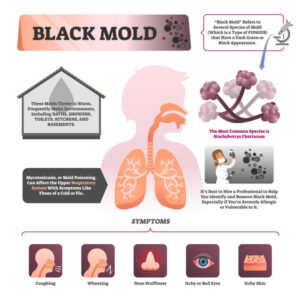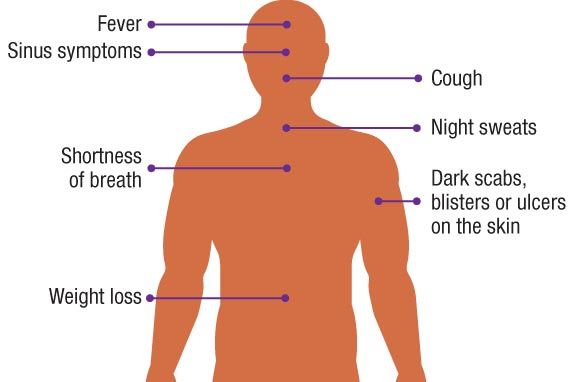Mold is a common household issue that often goes unnoticed, but its impact on your health can be significant. Rot spores are present in the air, and when they find a damp and humid environment, they can quickly grow into colonies. These hidden invaders release mycotoxins, which can cause a range of health problems. Understanding the dangers of rot damage to health is crucial for maintaining a safe and healthy living environment.
Understanding Mold Health Risks
Mildew Damage to Health: Recognizing the Impact on Your Well-being
Mildew exposure can lead to various health issues, particularly for individuals with allergies, asthma, or weakened immune systems. Common symptoms of mildew exposure include nasal congestion, throat irritation, coughing, wheezing, skin rashes, and eye irritation. Prolonged exposure to mildew can worsen these symptoms and even lead to more severe respiratory problems.
Symptoms of Mold Exposure

Recognizing the 5 Common Symptoms of Mold Exposure on Your Health:
- Respiratory Issues: The Impact of mildew on Breathing
- Allergic Reactions: How mildew Triggers Allergies
- Skin Irritation: Dealing with mildew-Induced Rashes
- Asthma Aggravation: Mildew as an Asthma Trigger
- Immune System Weakening: The Effects of Mildew on Immunity
Rot Damage to Health: Identifying the Common Symptoms
It’s essential to recognize the signs of mildew exposure to protect yourself and your family. If you notice any persistent respiratory issues or unexplained allergy-like symptoms, consider the possibility of mildew growth in your home.
Preventing Mold Growth
Rot Damage to Health: Protecting Yourself with Prevention
Preventing mildew growth is the most effective way to avoid its detrimental effects on health. Here are some tips to keep rot at bay:
- Control humidity levels: Use dehumidifiers and air conditioners to keep indoor humidity levels below 50%.
- Fix leaks promptly: Address any water leaks or seepage in your home immediately to prevent moisture buildup.
- Improve ventilation: Ensure proper airflow in your home to reduce the likelihood of mildew growth.
- Use mold-resistant products: Consider using mold-resistant paint and materials in areas prone to dampness, such as bathrooms and basements.
Combatting Mold Damage
Rot Damage to Health: Taking Action for a Safer Home
If you suspect rot growth in your home, taking prompt action is vital. Professional rot remediation services can identify the extent of the problem and safely remove the mildew . DIY mold removal is not recommended, as improper handling can release more spores into the air and exacerbate the issue.
Conclusion
Mold Damage to Health: Safeguarding Your Well-being and Home
Mildew damage to health is a serious concern that requires attention and action. Understanding the hidden dangers of mold exposure empowers you to take the necessary steps to protect yourself and your loved ones. By maintaining a dry and well-ventilated living space and seeking professional assistance when needed, you can ensure a safe and healthy environment in your home.


Leave a Reply